Etibarlı Alüminium Perqola İstehsalçınız
- 5 Seminar və 200+ İşçi
- 20 İllik Sənaye Təcrübəsi
- 2500+ Layihə və 150+ Ölkə
- 20,000㎡ İstehsal Sahəsi

Temperatur Tolerantlığı: -40°C ~ 80°C

Külək müqaviməti: 180+ mph-ə qədər

60-80 sm(Qar yükü 150-200kg/m2)

180-220km/saat (Cat 4 qasırğası)
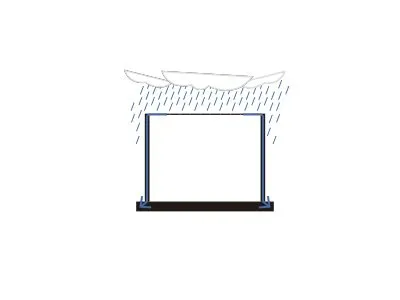
Suya davamlı reytinq: IP67

UV müqaviməti: UV50+
Ehtiyaclarınız üçün Mükəmməl Məhsulları Seçin
Bütün innovativ kölgə həllərimizi kəşf edin.
Etibarlı perqola tədarükçüsü olaraq, biz sizin xüsusi ehtiyaclarınızı ödəmək üçün hazırlanmış, açılan perqolalardan tutmuş PVC dam sistemlərinə qədər hər şeyi təklif edirik.
PROGOLAS-a xoş gəlmisiniz
PROGOLAS haqqında
Progolas, villalar, otellər və kommersiya məkanları üçün xüsusi hazırlanmış açıq havada kölgəlik sistemlərində ixtisaslaşan aparıcı xüsusi alüminium perqola istehsalçısıdır. Qabaqcıl daxili istehsal, sertifikatlaşdırılmış materiallar və qlobal ixrac təcrübəsinə əsaslanaraq, biz sizin açıq hava görmə qabiliyyətinizi davamlı və zərif strukturlara çeviririk - davamlı olaraq hazırlanmışdır.
Niyə PROGOLAS seçməlisiniz
Progola seçmək sizin ehtiyaclarınızı anlayan və hər dəfə uyğunlaşdırılmış həllər təqdim edən sertifikatlı və təcrübəli perqola istehsalçısı ilə işləmək deməkdir.
Davamlı Materiallar
Sertifikatlı alüminium və keyfiyyət nəzarəti ilə davamlı olaraq tikilmişdir.
Zəngin layihə təcrübəsi
Yaşayış yerlərindən tutmuş ticarət nişanlarına qədər.
Satışdan sonrakı xidmət
Satışda Münasibətimiz Bitmir. Başlayır.
Ağıllı Texnologiya
Müasir açıq yaşayış üçün qüsursuz motorlu seçimlər.
Pergola Satıcı Dəstəyi
Sənayedə Aparıcı Perqola Sistemlərimizlə Biznesinizi Gücləndirin.
Xüsusi Pergola
Məkanınıza, iqliminizə və büdcənizə uyğun fərdi perqolalar dizayn edirik.
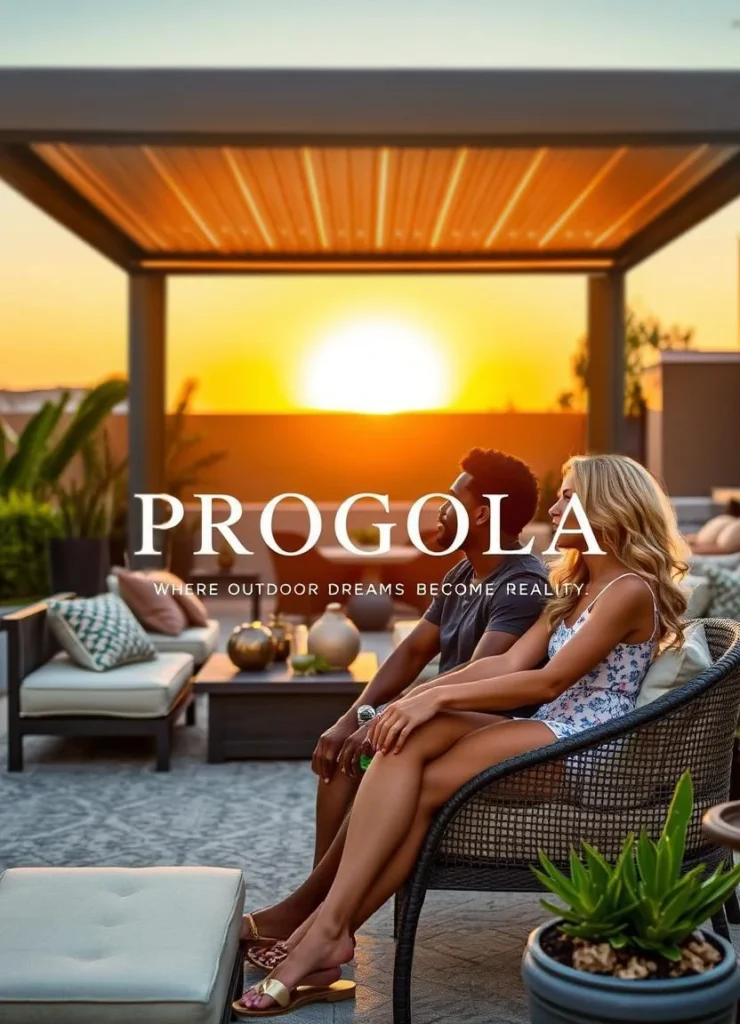
Daha yaxşı açıq məkanlar yaratmağa kimlərə kömək edirik
İstər memar, istər yeni biznes sahibi, istərsə də dəbdəbəli ev sahibi olmağınızdan asılı olmayaraq, düzgün perqola istehsalçısını tapmaq vizyonunuzu həyata keçirmək üçün çox vacibdir.
Otellər və Kurortlar üçün Pergola Həlləri
Xüsusi alüminium perqolalar ilə unudulmaz qonaq təəssüratları yaradın - hovuz kənarındakı salonlar, dam barları və ya sahildəki göyərtələr üçün idealdır. Lüks, küləyə davamlılıq və uzunmüddətli dəyər üçün hazırlanmışdır.
✓ İsteğe bağlı işıqlar və pərdələr
✓ Lüks atmosfer üçün heyrətamiz dizaynlar
✓ Qonaqpərvərlik təkmilləşdirmələrindən sübut edilmiş ROI
Açıq havada yemək yerləri üçün ticarət perqolaları
İl boyu rahatlıq təklif edən ağıllı perqolalar ilə restoranınızın tutumunu artırın. Quraşdırılması tez, təmizlənməsi asan və gündəlik işgüzar istifadə üçün nəzərdə tutulub.
✓ Biznesi pozmadan sürətli quraşdırma
✓ Müştəriləri cəlb edən müasir dizaynlar
✓ Külək və yağışa davamlıdır
✓ Veranda və terraslar üçün xüsusi ölçülər
Memarlar və Dizaynerlər üçün Modul Perqolalar
Dizayn baxışınızı fərdiləşdirilə bilən, minimalist perqola sistemləri ilə dəstəkləyin. Proglas tam CAD dəstəyi, nümunələr və inteqrasiya təlimatları təklif edir.
✓ CAD təsvirləri və 3D faylları
✓ Material nümunələri mövcuddur
✓ Problemsiz layihə inteqrasiyası
✓ Zərif dizaynlar müasir konseptlərə uyğundur
Tikinti Layihələri üçün Ölçəklənən Perqola Sistemləri
Yaşayış kompleksləri, kurortlar və ya ticarət zonaları üçün - Proglas qlobal icra və texniki dəstək ilə layihə miqyaslı perqolalar təqdim edir.
✓ Toplu hazırdır və quraşdırmaq asandır
✓ Sürətli tikinti qrafikləri üçün optimallaşdırılmışdır
✓ Xüsusi xüsusiyyətlər və qiymət seçimləri
✓ Qlobal çatdırılma dəstəklənir
Müasir həyətlər üçün xəyal perqolaları
Açıq məkanınızı şəxsi istirahətə çevirin. Uzaqdan idarəetmə, ətraf işıqlandırma və hava şəraitinə davamlı konstruksiya ilə - Proglas perqolalar villalar və müasir evlər üçün mükəmməldir.
✓ Ağıllı xüsusiyyətlər: işıqlar və pərdələr
✓ Xüsusi rəng və evinizə uyğun
✓ Podratçı dəstəyi ilə sürətli quraşdırma
✓ Verandalar, bağlar və hovuzlar üçün mükəmməldir
Müştərilərimizdən Uğur Hekayələri
Fərdi perqolalarımızın açıq məkanları necə dəyişdirdiyini kəşf edin. Həqiqi uğur hekayələrini və məmnun müştərilərimizdən rəyləri oxuyun.

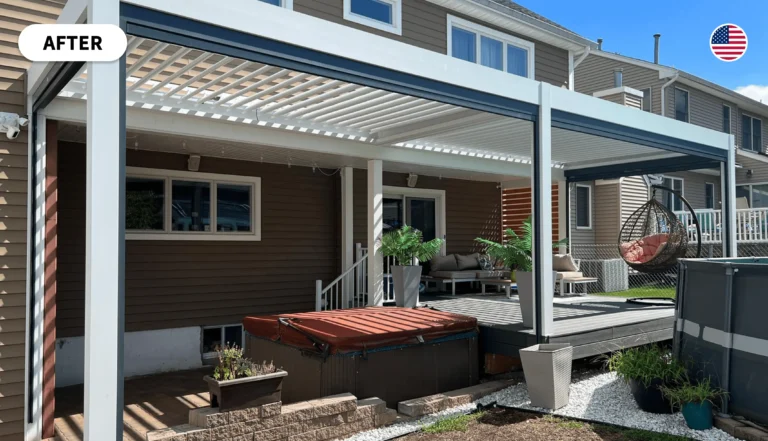
- Layihə növü: Yaşayış
- Quraşdırma vaxtı: 3 Gün
- Məhsul: Alüminium perqola, Rolikli jalüzlər

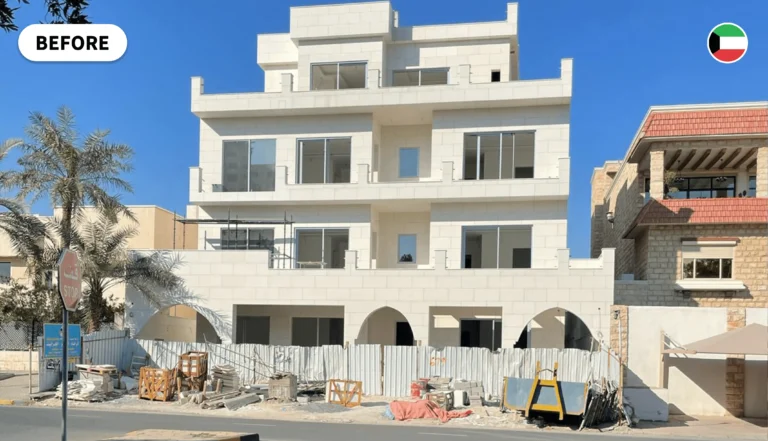
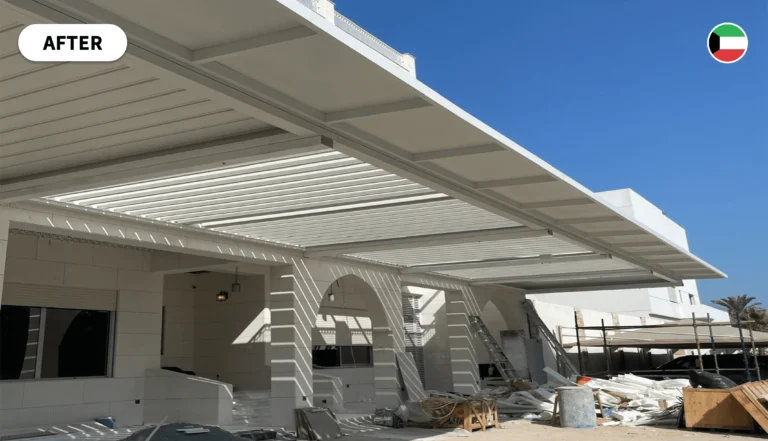
- Layihə növü: Yaşayış
- Quraşdırma vaxtı: 2 Gün
- Məhsul: Alüminium perqola, Rolikli jalüz, LED işıq

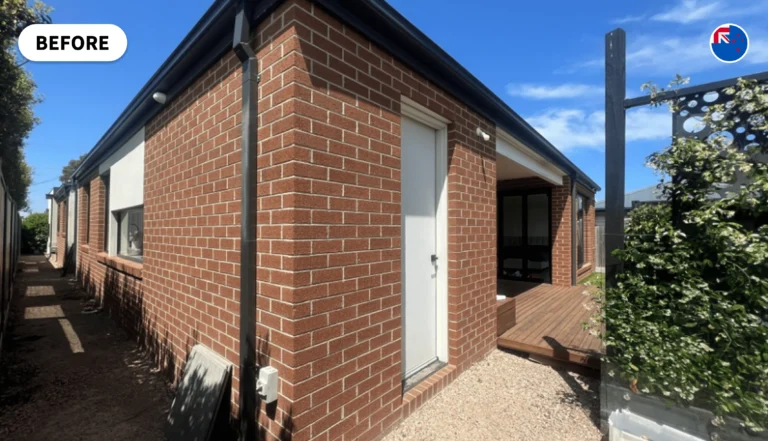
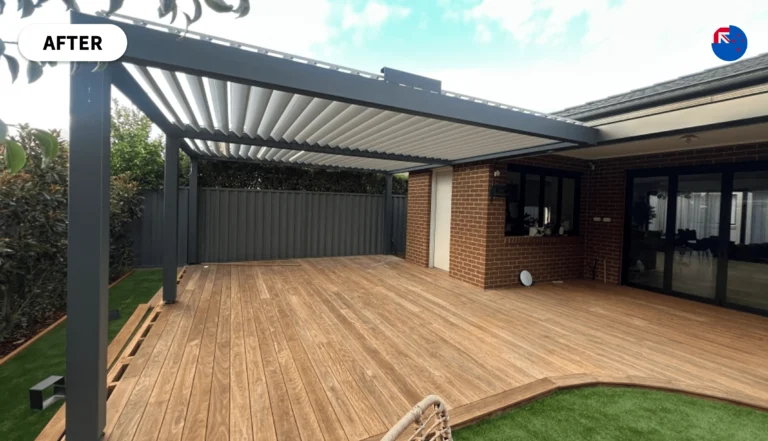
- Layihə növü: Yaşayış
- Quraşdırma vaxtı: 2 Gün
- Məhsul: Alüminium perqola, LED işıq

Əlaqədar Məhsullar
Tam açıq havada təkmilləşdirmək üçün məxfilik ekranlarından tutmuş işıqlandırma və kölgə dəstlərinə qədər premium perqola aksesuarlarını kəşf edin.

Roller Pərdələr

Sürüşən Şüşə Qapı

Alüminium Panjurlar

Alüminium Perforasiyalı Ekran

Vərəq pərdəsi

Elektrikli Slat Louver

Carport

Açıq hava çətirləri

Roller Pərdələr

Sürüşən Şüşə Qapı

Alüminium Panjurlar

Alüminium Perforasiyalı Ekran

Vərəq pərdəsi

Elektrikli Slat Louver

Carport

Açıq hava çətirləri
Pergola məsləhətləri və ilham
Alüminium perqolalar, açıq yaşayış məkanları və ən yaxşı perqola istehsalçılarının məsləhətləri ilə bağlı tendensiyalardan xəbərdar olun.
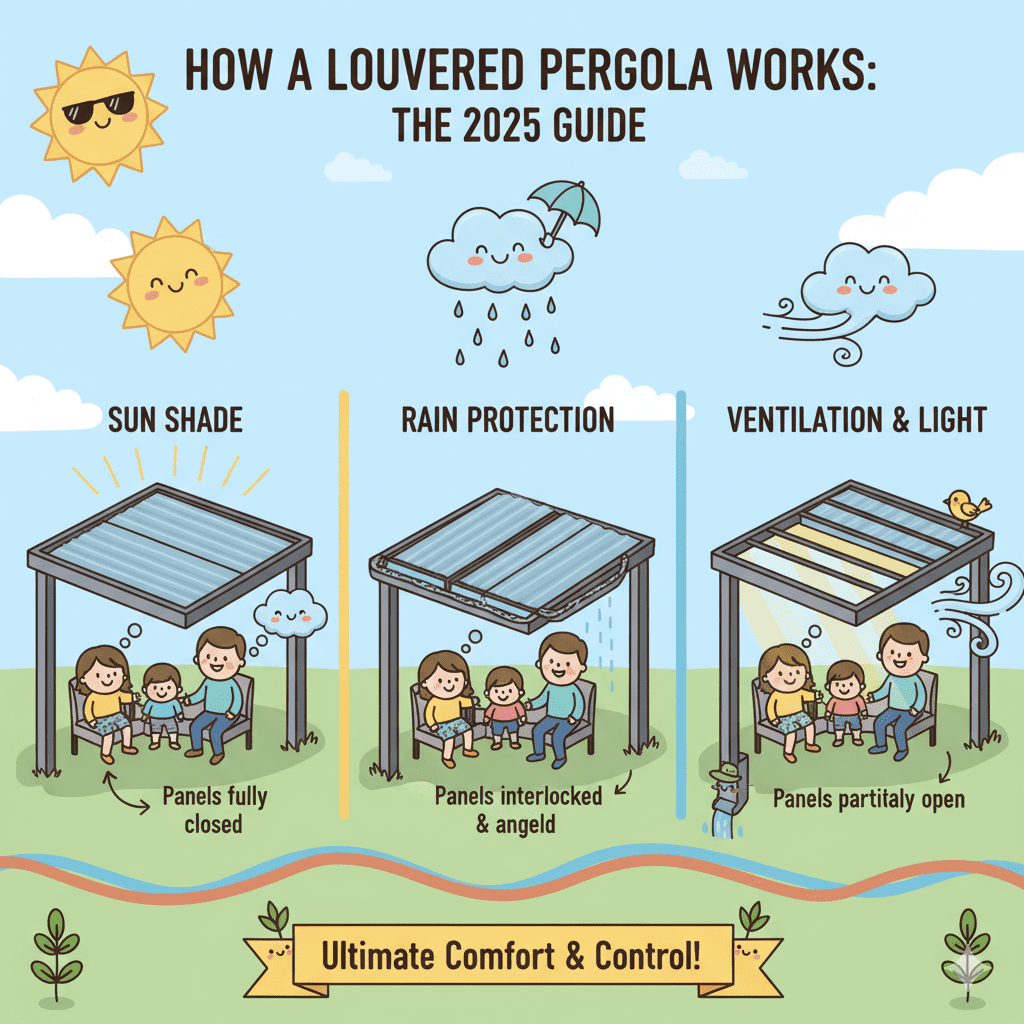
How Does a Louvered Pergola Work? The Ultimate 2025 Guide
How does a louvered pergola work? Explore 5 key mechanisms behind its shade and rain protection technology.
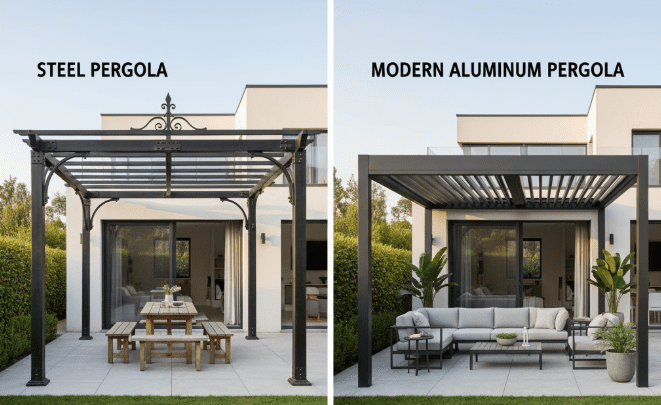
Aluminum vs. Steel Pergola: Which Metal is Best for a Heavy Duty Kit?
Comparing an aluminum vs steel pergola? Our 2026 guide reveals which metal is truly best for a permanent, all-weather, heavy duty pergola kit.

DIY or Professional Installation Pergolas: 5 Decisive Factors
DIY or Professional Installation: Compare cost, time, risk, and skills to choose the best pergola setup for 2025-2026.

How to Protect Outdoor Furniture,from wind and rain?
Learn how to protect outdoor furniture from sun & rain. Our 2025 buyer’s guide compares 5 key solutions to protect your investment. Get the facts!
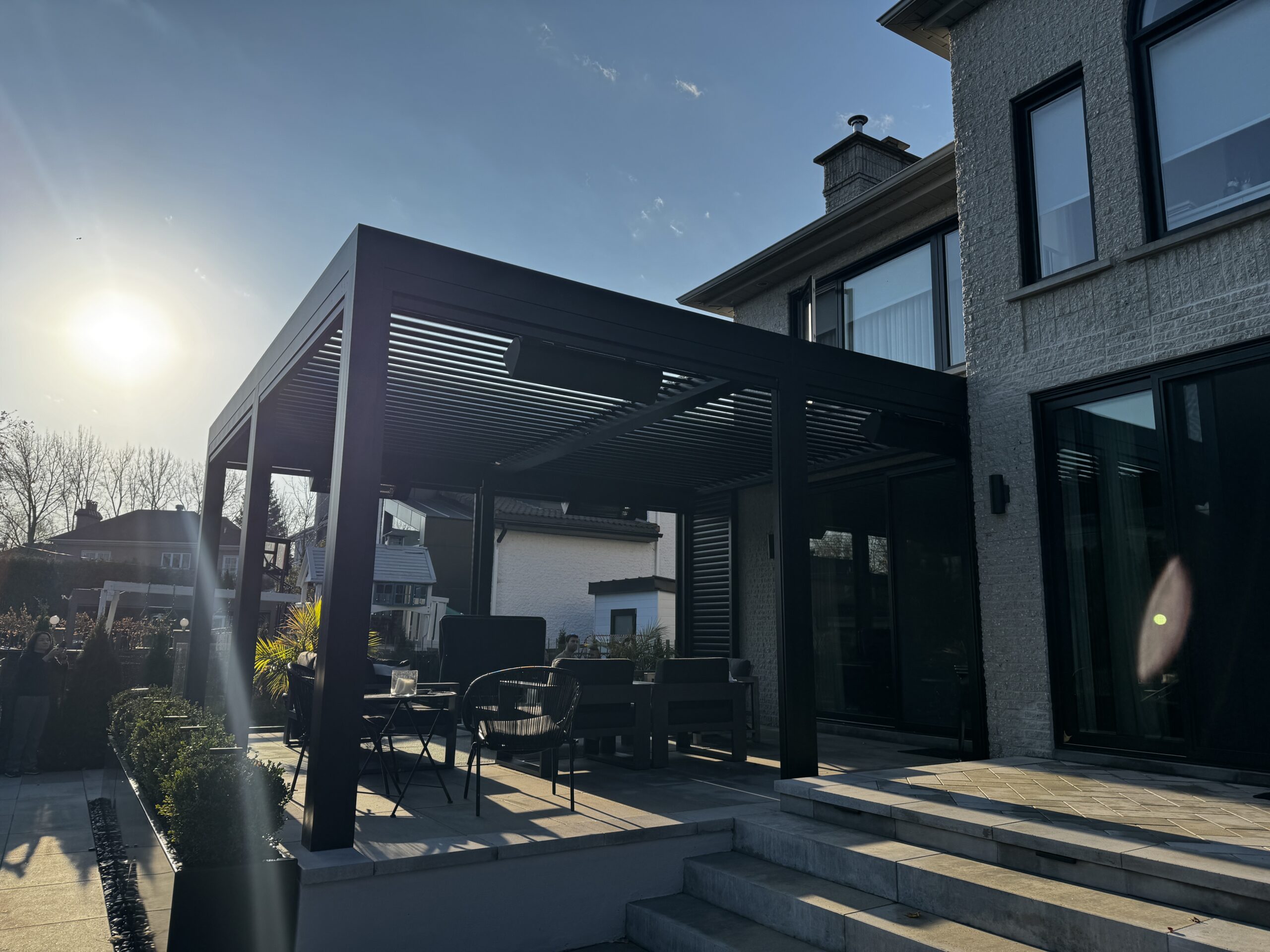
What Is a Pergola? A Complete Beginner’s Guide for Homeowners
What is a pergola? Our 2025 beginner’s guide covers it all: purpose, permits, and total costs. Plan your dream pergola with confidence!
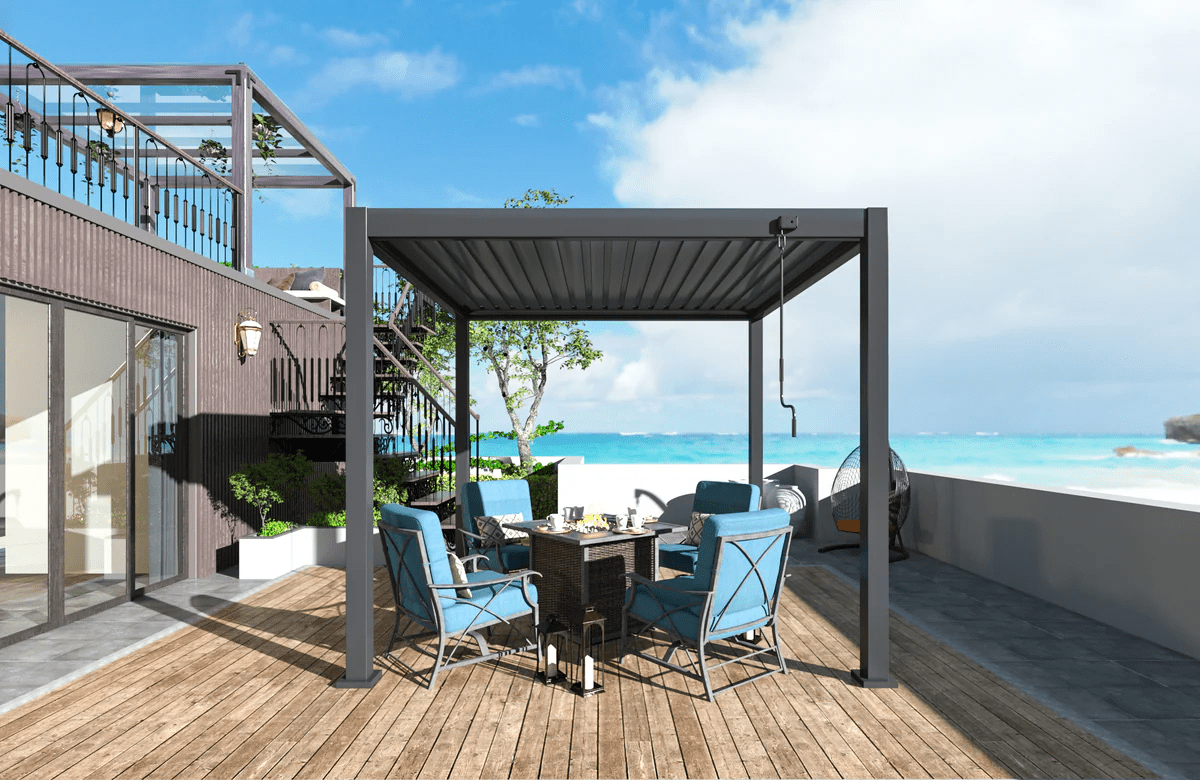
Motorized vs Manual Pergola: 7 Key Differences to Decide
Deciding between a motorized vs manual pergola? We compare cost, maintenance & 5 more factors. Find your perfect match and get a quote today!







